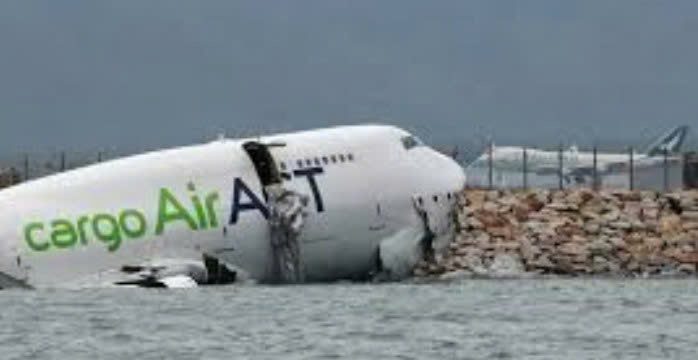A powerful 7.6 magnitude earthquake struck the Caribbean Sea between Honduras and the Cayman Islands, triggering a tsunami alert, according to the United States Geological Survey (USGS). The earthquake, which caused immediate concern among authorities and residents, led to swift emergency responses and precautionary measures in the affected regions.

Authorities quickly raised a tsunami alert specifically for the Cayman Islands while assuring residents in Puerto Rico and the US Virgin Islands that they were not at risk. The National Weather Service (NWS) provided updates on the situation, offering reassurances in some areas while urging caution in others. “The Tsunami Advisory for Puerto Rico and the US Virgin Islands is now canceled. While alerts have ended, strong and unusual currents may continue. Be careful near the water and use caution,” NWS stated in a post on X (formerly Twitter).
According to USGS reports, the earthquake occurred at approximately 6:23 p.m. local time. The epicenter was located about 20 miles north of Honduras and 130 miles southwest of the Cayman Islands. The tremor was powerful enough to be felt across multiple regions, sparking immediate responses from government agencies and disaster management teams.
In reaction to the earthquake, the Cayman Islands Hazard Management Agency released an urgent statement warning residents about a tsunami threat. “The Cayman Islands is under a Tsunami threat. Residents living near the coastline are encouraged to move inland,” the agency advised. Additionally, officials urged people to avoid harbors, bays, and marinas, and to immediately evacuate the water as a precautionary measure.
This earthquake marks the strongest to impact the region since the catastrophic 7.2 magnitude earthquake that struck Haiti in 2021. Given the history of seismic activity in the Caribbean, authorities took swift action to ensure that safety protocols were implemented effectively.
By 8:23 p.m., the National Weather Service issued another update, stating that “A Tsunami Threat continues for Cuba, where a tsunami may reach 1 to 3 meters above the tide, and for Honduras and the Cayman Islands, where a tsunami may reach up to 0.3 to 1 meter above the tide.” Although these waves may not seem massive, any sudden changes in water levels can pose significant dangers, particularly in low-lying coastal areas.
Despite the ongoing concerns for Cuba, Honduras, and the Cayman Islands, US authorities confirmed that there were no tsunami threats or alerts for the mainland United States. This reassurance helped ease tensions among residents along the Gulf Coast and Florida, who initially feared potential aftershocks or extended effects from the earthquake.
Residents in affected areas were advised to adhere to all safety instructions, including moving inland from the coastline, avoiding unnecessary travel, and staying informed through emergency broadcasts. In high-risk situations like this, swift preparedness and immediate action are crucial in minimizing risks and ensuring the safety of communities.
Seismic activity is common in the Caribbean due to ongoing tectonic movements, and experts continuously monitor the region to assess potential earthquake risks. The recent earthquake serves as a stark reminder of the unpredictable nature of natural disasters and the importance of proactive emergency planning. Governments, disaster management teams, and international monitoring organizations remain committed to providing accurate information and ensuring that affected communities are well-prepared.
Emergency response teams are actively assessing the situation to determine the full extent of the impact and provide necessary assistance. Officials in the affected regions continue to coordinate rescue and relief efforts, ensuring that communities remain safe as they monitor for any further seismic activity.
Beyond the immediate consequences of the earthquake and tsunami warning, the long-term effects of such natural disasters can be far-reaching. The psychological toll on residents, potential damage to infrastructure, and economic disruptions—especially in tourism-dependent areas—are all concerns that authorities must address in the coming days.
For many Caribbean nations, tourism plays a critical role in their economy. When natural disasters strike, they can lead to travel cancellations, disruptions in local businesses, and financial hardships for communities that rely on visitors. Governments and international organizations will need to assess the damage and work on swift recovery efforts to restore normalcy as quickly as possible.
As the situation continues to unfold, the priority remains ensuring the safety and well-being of those in the affected areas. Ongoing assessments will help determine the overall impact of the disaster, and officials will provide additional guidance and support as needed.
Please take a moment to SHARE this article with your family and friends on Facebook to raise awareness and promote emergency preparedness in case of future natural disasters. Staying informed and taking necessary precautions can make a significant difference in ensuring the safety of individuals and communities worldwide.





